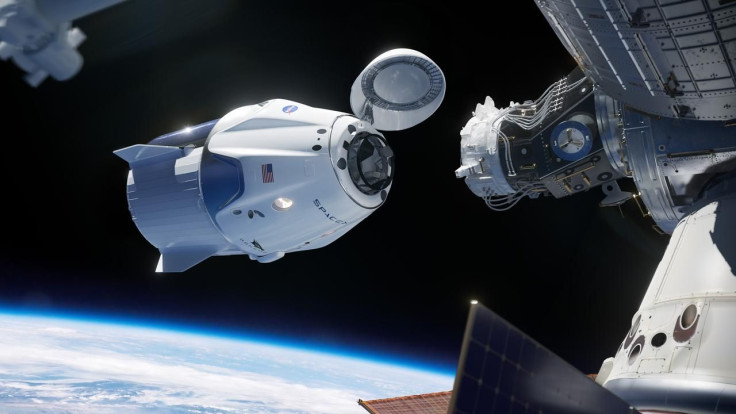SpaceX, NASA Win Emmy For Crew Dragon Test Flight Coverage

NASA and SpaceX won an Emmy award for the agency’s coverage of the company’s Crew Dragon test flight to the International Space Station (ISS). Aside from the Crew Dragon launch, NASA also won an award for the coverage of its Mars InSight Lander.
NASA and SpaceX were awarded during the Creative Arts Emmys of the 71st Emmy Awards held on Sept. 14 at the Microsoft Theater in Los Angeles. These two partners won the award for Outstanding Interactive Program.
Jim Bridenstine, the current administrator for NASA announced the Emmy win via Twitter and congratulated all those who were involved in the coverage and launch of the Crew Dragon spacecraft.
Crew Dragon’s test flight, dubbed as Demonstration Mission 1 or Demo-1, was unmanned and took place on March 8. The main objective of the mission was to test the spacecraft’s automated flight systems including its docking procedures. After successfully docking with the ISS, the Crew Dragon safely returned to Earth.
The test flight was carried out by SpaceX in preparation for its partnership with NASA, which involves providing commercial spaceflights for astronauts to the ISS.
“Demonstration Mission 1 was made possible by NASA’s Commercial Crew Program, which is paving the way for commercial transport of astronauts to the space station while the agency looks forward to deep space missions to the Moon and Mars,” NASA said in a statement.
“The nomination is a result of years of preparation for the historic launch and multiple live broadcasts from NASA and SpaceX facilities across the country during each phase of the Crew Dragon’s mission to the International Space Station and its stunning return to Earth,” the agency added.
In addition to the Demo-1 coverage, NASA also won the award for Outstanding Original Interactive Program. For this category, the agency’s entry was the coverage of the Mars InSight Lander.
The robotic lander was launched by NASA on May 5, 2018, through the Atlas V rocket. For over a year, the lander has been going around Mars to study the planet’s interior. The objective of the lander is to determine how rocky planets such as Mars are formed.
© Copyright IBTimes 2024. All rights reserved.





















